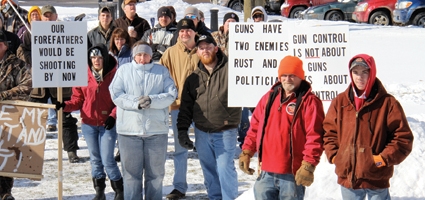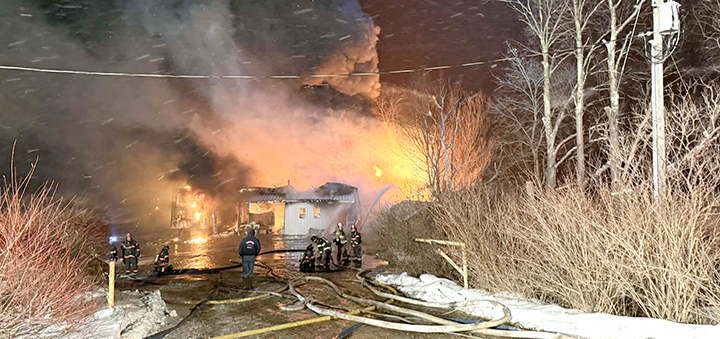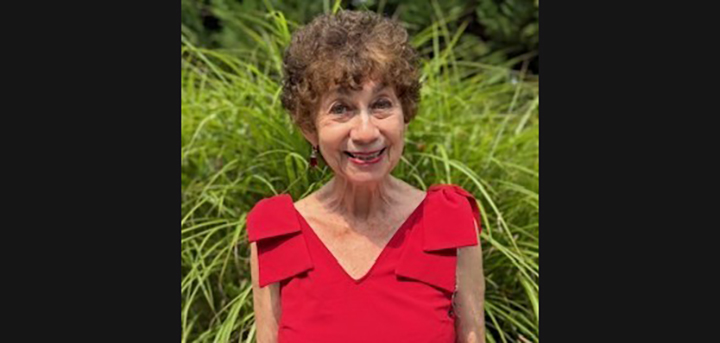Will Chenango come out against SAFE act?
NORWICH – The hotly-contested New York State Secure Ammunition and Firearms Enforcement (SAFE) Act was bought center stage at the county’s Safety and Rules Committee last week, beginning what may be an official stance of Chenango County government against the new legislation signed into law in January.
Sheriff Ernest Cutting met with the committee Wednesday to present a response to the NY SAFE Act on behalf of the New York State Sheriff’s Association. According to the association, Cutting said there are some positive aspects of the law, including stricter felony charges for the killing of emergency first responders (the result of gun fire on firefighters in Webster in December), a more comprehensive review of mental health records before firearm permits are issued, and the requirement that guns be safely stored if the owner lives with someone who has been convicted of a felony or a domestic violence crime.
But while there are bright spots in the SAFE Act, said Cutting, he claimed the law overall is “too broad” for him to fully support. The Sheriff’s Association outlined several objectionable facets of the law, such as increased penalties for illegal use of weapons (citing that revisions are needed for sheriffs to understand and properly enforce the law in their counties), and the assault weapon ban based on the law’s new definition of “assault weapon.”








Comments